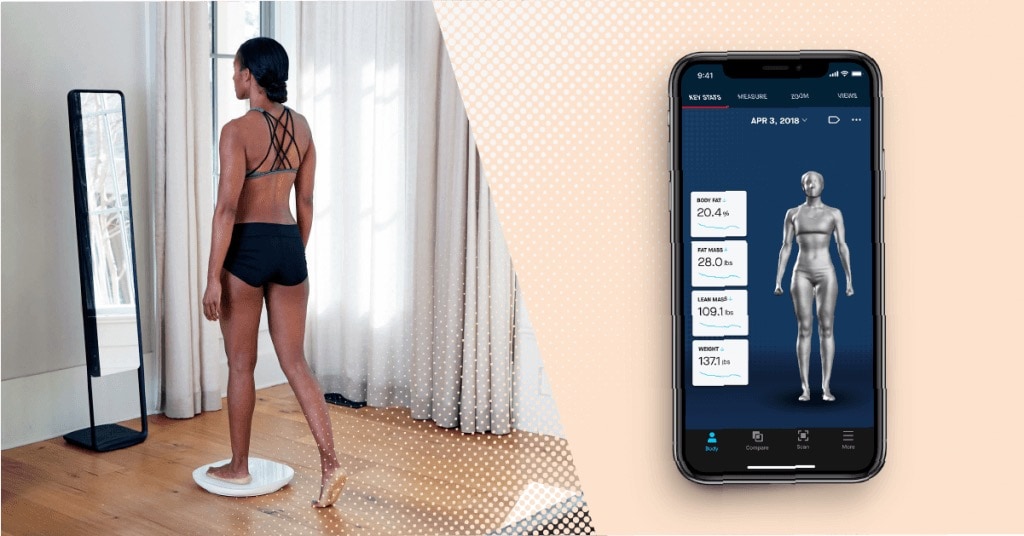In an era defined by technological leaps, can artificial intelligence truly redefine the boundaries of visual manipulation, and specifically, can it "undress" images with a click? The emergence of AI-powered cloth removal tools marks a watershed moment, opening up both exciting possibilities and serious ethical considerations.
The digital landscape is rapidly evolving, with AI tools now capable of performing tasks once relegated to highly skilled professionals. From virtual fashion applications to potentially problematic uses, these tools are reshaping how we interact with visual media. Platforms like Clothoff, Unclothy, Undressher, and Undress AI are at the forefront of this revolution, each offering a unique take on removing clothing from images.
To understand the practical applications and technical workings of these tools, lets delve into the capabilities they offer. The core functionality across most platforms involves uploading an image, processing it with AI algorithms, and then generating a modified image where clothing is digitally removed. The sophistication of these tools varies, with some promising realistic results and others offering more basic functionalities. The "generate" button is the command that initiates the transformation in many instances, and the user is presented with the final altered image.
These tools are not just about removing clothes; they have potential applications that stretch across different fields. The fashion industry can leverage AI-powered tools to enable virtual fitting rooms and create personalized styling experiences for their customers. This can enhance the shopping experience and reduce returns, a significant benefit in the competitive retail landscape. Artists and designers can also utilize these tools as part of their creative workflows, exploring new forms of digital art. In the realm of entertainment, these AI-powered tools can be used to create visual effects or modify existing images.
The user experience is also an important factor in the success of these tools. Most tools prioritize user-friendliness and compatibility, ensuring that they are accessible on both iOS and Android devices, optimizing performance across various screen sizes and resolutions. This widespread accessibility ensures a consistent and reliable user experience regardless of the device.
How exactly do these AI tools work? The underlying technology uses advanced AI models, often based on deep learning and neural networks. These complex algorithms are trained on vast datasets of images, enabling them to identify and analyze clothing in photographs. By understanding the human form and how clothing interacts with it, the AI can intelligently remove garments and generate realistic results. The process involves a combination of image analysis, segmentation, and inpainting, where the AI fills in the areas where clothing has been removed.
Several different platforms each offer their unique advantages. Clothoff promises instant and precise results. Undress AI technology offers precise and realistic results. Unclothy is designed to be an AI tool to undress photos. Platforms like Openart AI integrate these features into their suite of generative tools. Undresser AI positions itself as a comprehensive solution, emphasizing speed and efficiency in delivering results.
The speed of the applications is a key differentiator in a crowded market. Some apps like Undress AI claim to be the fastest, outperforming competitors by operating three times faster than the average AI app. However, speed must be balanced with quality. Some platforms also incorporate features like "cup type" selection and "brush" tools to help users refine the undressing process. This provides users with a more interactive and tailored experience.
There are many reasons to consider the adoption of these tools. AI undressing technology can be used in creative design, virtual fashion, or personal entertainment, for example. AI clothes remover offers seamless experiences across a range of smartphones and tablets. Users have the power to explore free capabilities.
Despite the advancements in AI-driven cloth removal, it is essential to understand the legal and ethical implications of the technology. The technology can be used for various purposes, including artistic expression, research, and fashion. However, the creation of deepnude images, or the non-consensual generation of nude images, raises serious concerns about privacy violations, the spread of misinformation, and potential misuse. The ethical implications of AI undressing tools are a pressing issue, and it's important to discuss the ethical ramifications of such technology.
The development of AI-powered cloth removal tools marks a moment of innovation that necessitates careful thought and reflection, and raises some ethical concerns. The technology offers a range of possibilities but at the same time requires careful consideration. There are critical conversations to be had regarding the legal, ethical, and social implications of AI undressing technology. It is crucial to consider the future of the technology.


